Buying hydrangea plants or shrubs can be expensive. If I need a special perennial for the yard I try to wait until the end of the growing season to buy them on sale, but even then they can cost a lot.
If you have the patience to start a hydrangea from one already established in your yard, you can save a bunch of money and within a year or two that plant will be the size of the ones for sale in local nurseries.
Maybe a neighbor or relative who already has established plants would offer to let you start one from theirs. I find that cuttings are a bit more difficult to do, so take many. Or go into their yard with them and look for hanging branches that are already rooted.


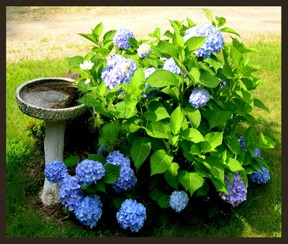
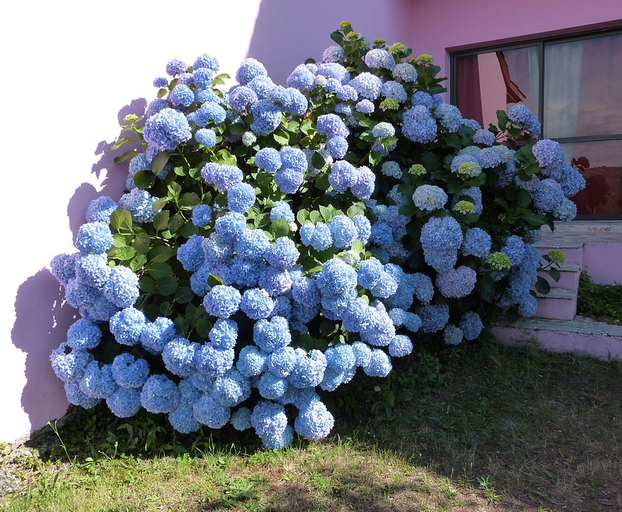


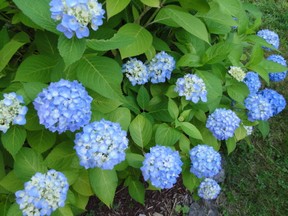 The low hanging branches of your hydrangea bush is where you will start the new plants.
The low hanging branches of your hydrangea bush is where you will start the new plants.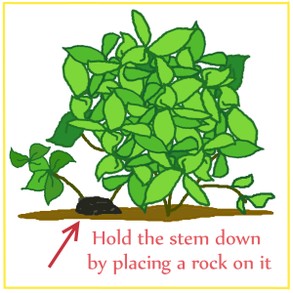


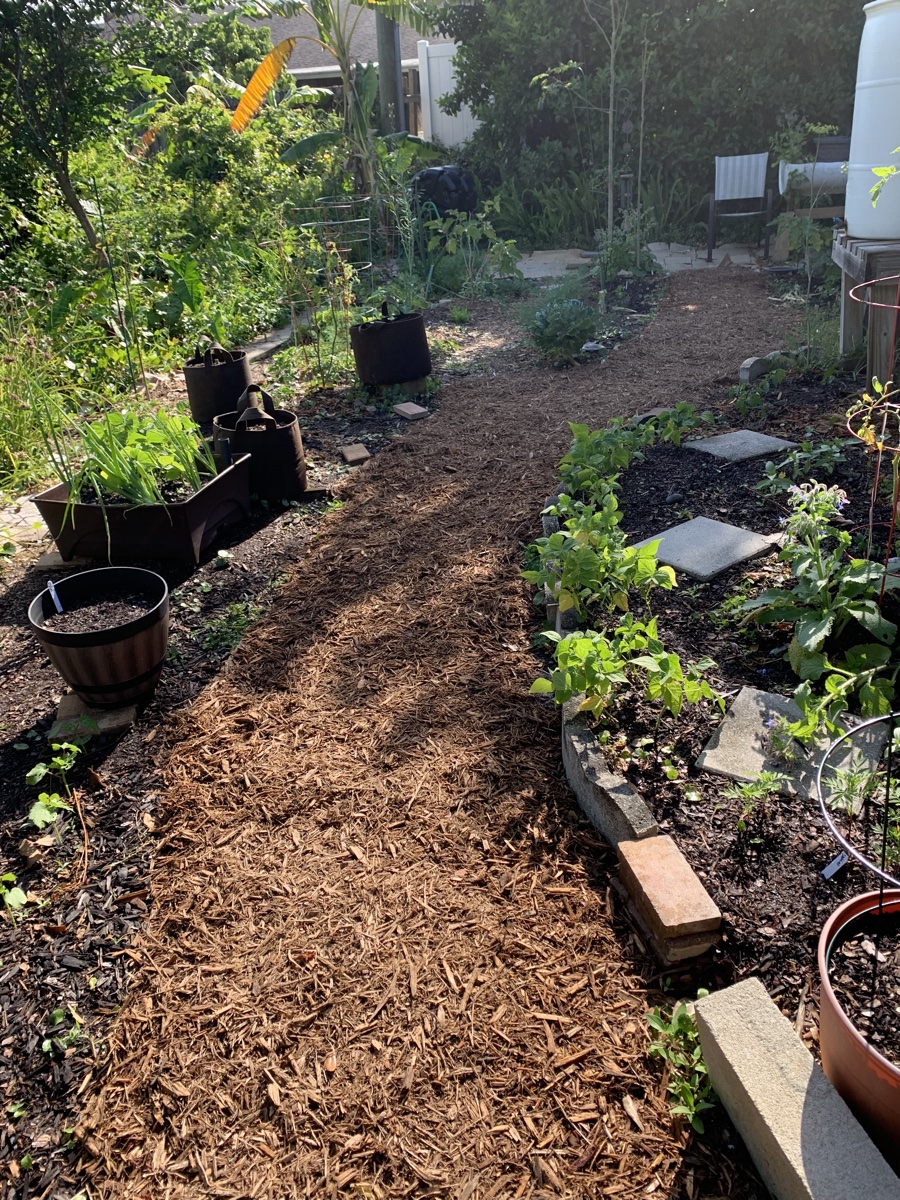
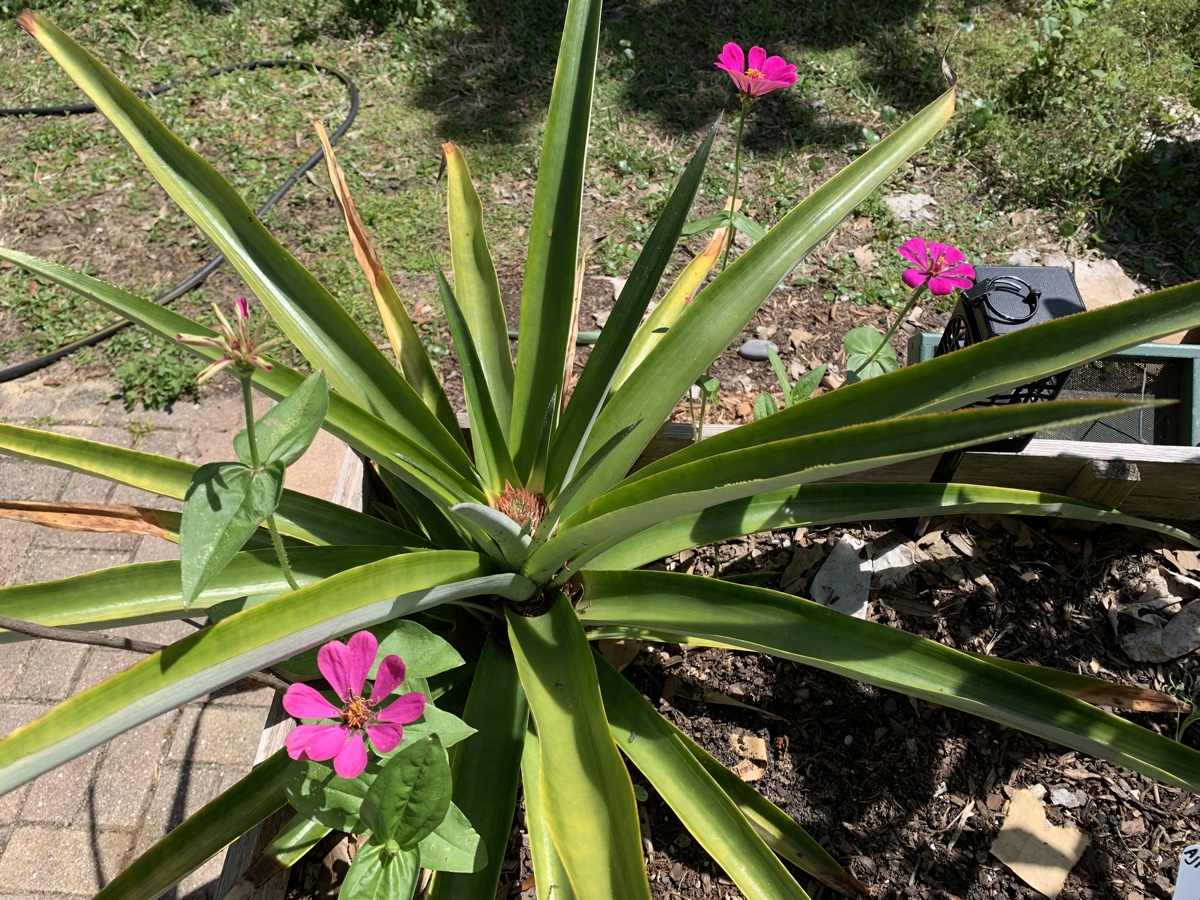
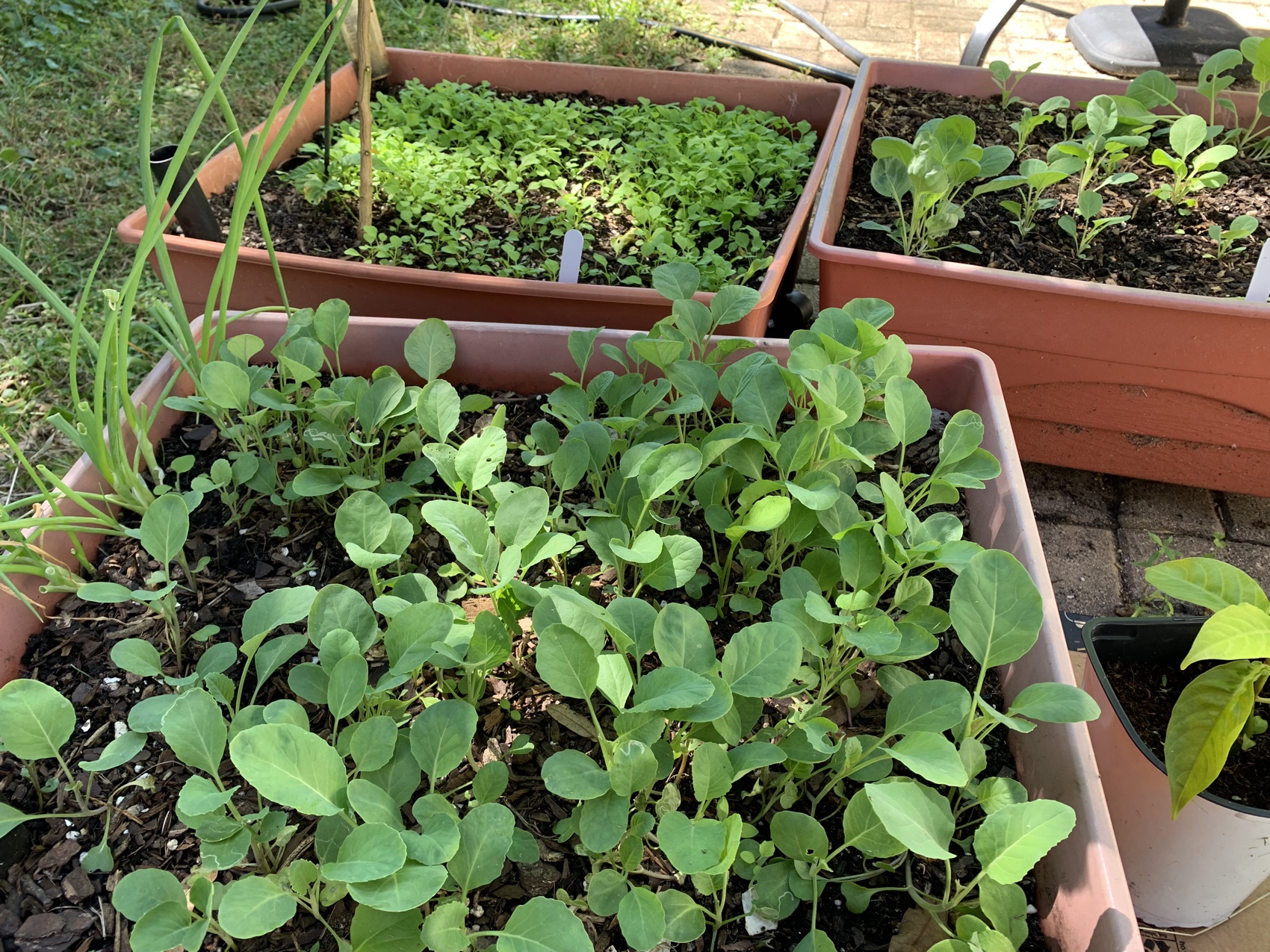
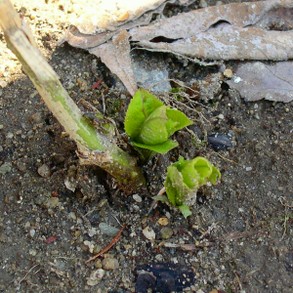
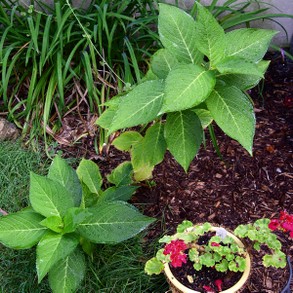
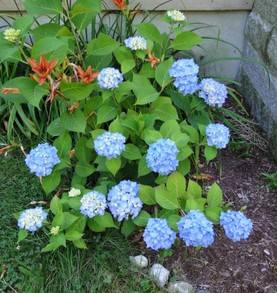


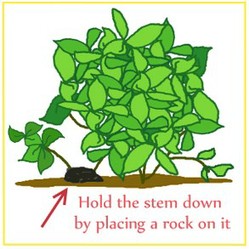

 Fun Dinner Menus For Thanksgivingon 10/20/2023
Fun Dinner Menus For Thanksgivingon 10/20/2023
 Luau Party Theme Invitations and Ideason 10/05/2023
Luau Party Theme Invitations and Ideason 10/05/2023
 Preparing a Camper Inside For Travelon 10/06/2023
Preparing a Camper Inside For Travelon 10/06/2023
 Thanksgiving Greeting Cardson 10/01/2023
Thanksgiving Greeting Cardson 10/01/2023

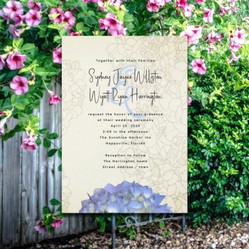
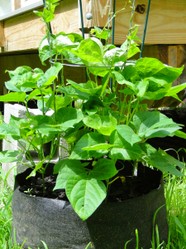
Have you successfully propagated hydrangeas?
@Katiem2 Just remember, if you buy and plant a blue one, it will only remain blue if your soil has a low pH and is acidic. If not, it will become pink.
Ah Ha Ah Ha, now I've come full circle, I know all there is to know about hydrangeas. I like the blue ones. I def must plant the blue, my house is blue, they would accent each other so well. :)K
Dustytoes, this was just the information I needed to propagate my hydrangea. Your instructions were excellent. What a clever girl you are! Thank you.
I have a Hydrangeas that has changed colors all summer long. I'm not sure if this is natural, but at the moment, it's ruby red. I would love to be able to take a cutting! Thanks for the how-to!
I love hydrangeas; we have some white bushes here that may be hydrangeas -- we're not certain and have always called them Snow Balls.
Pam, this is really interesting information for me. My parents have a really large hydrangea bush in their front yard, and we do not have one, but I could take a piece of theirs to start one in our yard. We have some areas that could use a bush, but I haven't known what to put there. Thanks for the thorough article.
Love your clear explanation on this subject.
Love this! I'm having hydrangeas in my next garden, to back up the peonies...
I appreciate your very clear how-tos. Great diagram! I am a fan of hydrangeas, and they are blooming all over west TN now.